That victory is a shining symbol of the Vietnamese people's aspiration for independence, peace and immortal patriotism.
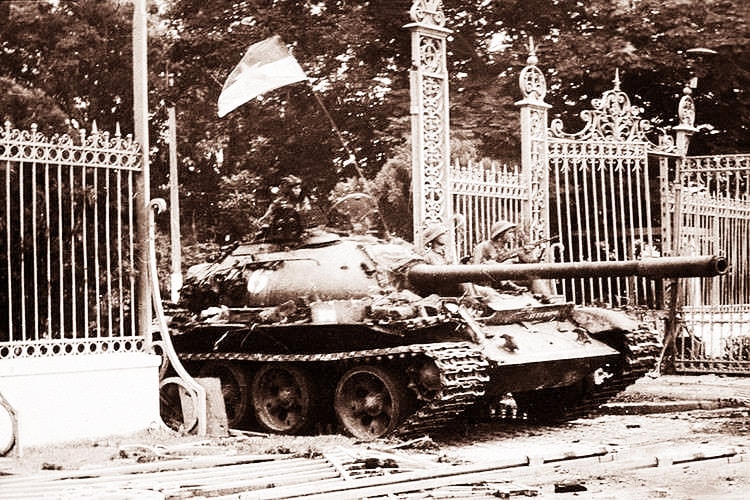
Attack like a storm
At 5 p.m. on April 26, 1975, the Saigon offensive, called the Ho Chi Minh campaign, began. We focused on breaking through the outer defense line, destroying an important part of the enemy's forces, cutting off road and waterway traffic to the Mekong Delta and out to sea; controlling Bien Hoa, Tan Son Nhat, and Tra Noc airports; suppressing important artillery positions; separating the enemy's main divisions from gathering in the suburbs and inner city; tightening the siege around Saigon, creating conditions for a simultaneous general offensive on the enemy's headquarters.
In the East and Southeast, the 4th Corps captured the Trang Bom military sub-region; the 2nd Corps captured the Long Thanh military sub-region, the Armored Officer School at the enemy's Nuoc Trong base in Dong Nai..., developing towards Bien Hoa - Nhon Trach...
In the southwest direction, we cut Route 4 from Ben Luc Bridge to Trung Luong intersection north of My Thuan ferry and the section from Cai Lay to An Huu, blocking and attracting the enemy's 7th, 9th, and 22nd divisions, creating conditions for other directions to operate. Group 232 used a division to open the door to capture the An Ninh and Loc Giang bridgeheads on the Vam Co River, sending the main assault force, Division 9, and technical weapons units across the river.
In the Northwest direction, the 3rd Corps destroyed 11/18 enemy artillery positions, cut off Route 22 and Route 1; blocked units of the 25th Division of the Saigon Army from Tay Ninh to Dong Du and forced a battalion of the enemy's 50th Regiment to surrender. The special forces and the Gia Dinh Regiment controlled the Saigon belt from Binh Phuoc Bridge to Quan Tre, creating an opening through the obstacles north of Tan Son Nhat Airport, preparing for the main force to attack.
As a result of the first phase, the units basically completed the combat plan, smashed the defense system and blocked the enemy's main force on the outer ring, completely surrounded and isolated the enemy in the inner city, creating a simultaneous attack on the center of the Saigon government and army.
The armed forces and local people in the campaign area promptly rose up to gain control, causing the Saigon government to fall into a serious internal crisis. On the afternoon of April 28, the US pressured President Tran Van Huong to resign, replacing him with Duong Van Minh, hoping to prolong the existence of the Saigon government. At 4:25 p.m. the same day, a squadron of our air force, using 5 captured A37 fighter planes from the enemy, commanded by squadron leader Nguyen Thanh Trung, took off from Thanh Son airport, bombed Tan Son Nhat airport, destroying many planes... The attack took place unexpectedly, paralyzing the US evacuation air bridge, making the situation in Saigon even more chaotic and contributing to the collapse of the enemy's morale, accelerating the disintegration of the Saigon regime.
At 5:00 a.m. on April 29, our troops were ordered to launch a general attack simultaneously on the entire front, blocking and destroying the main enemy forces on the outer perimeter; developing deep thrusts, coordinating with local forces to capture important areas in the suburbs, preparing to attack the inner city.
Southeast, from 4:30 a.m., the 2nd Corps artillery shelled Tan Son Nhat airport; the 304th Division attacked the Nuoc Trong base; developed along Route 15, captured the Long Binh base; coordinated with special forces to prepare to break into the inner city. After dealing with the remaining targets in Nhon Trach, the 325th Division destroyed the enemy in Thanh Tuy Ha, captured the Cat Lai naval base, and developed the attack on District 9 and the enemy Navy Command.
To the East, the 4th Corps crushed the enemy's resistance nests in Ho Nai, captured the air base at Bien Hoa airport, captured the artillery base at Hoc Ba Thuc and Long Binh base. To the Northwest, the 198th Special Forces Regiment of the 3rd Corps captured Bong and Sang bridges. The 320th Division attacked Dong Du base, destroyed the enemy's 25th Division Command Headquarters. The 316th Division captured Trang Bang. The 10th Division followed National Highway 1 into the inner city, destroyed enemy clusters in Hau Nghia, Cu Chi, Quang Trung training area, and developed to the Ba Queo area.
To the North, the 1st Corps approached Phu Loi base, deployed a blocking position on Highway 13, destroyed and captured the enemy's 5th Division Command Headquarters; infiltrated deeply, opening the way to Lai Thieu. To the West and Southwest, Group 232, Division 3 attacked and controlled Hau Nghia town; captured Duc Hoa and Duc Hue sub-regions and Tra Cu base. Division 9 penetrated deep towards Ba Queo. Divisions 5 and 8 coordinated to cut off Highway 4, repelled enemy counterattacks, and developed the attack towards the North of Can Giuoc.
Faced with the critical situation, US President Gerald Ford was forced to carry out an urgent evacuation campaign by helicopter (called Operation Big Wind). From noon on April 29 to the morning of April 30, the enemy used 81 helicopters to continuously move nearly 7,000 people (including more than 1,000 Americans, including Ambassador Martin) in Saigon to US aircraft carriers anchored offshore.
The greatest and most complete victory
On the morning of April 30, our large armies simultaneously launched a general attack on Saigon's inner city, ignoring unimportant positions, using artillery and tank power to smash enemy defense clusters on the way forward; coordinating with special forces to quickly capture key targets such as: Independence Palace, General Staff, Capital Special Zone, Tan Son Nhat airport, Saigon Radio Station...
Faced with our strong offensive, at 9:30 a.m., President of the Republic of Vietnam Duong Van Minh announced on Saigon Radio, calling for a unilateral ceasefire to hand over power... Following the direction of the Politburo and the Central Military Commission, our troops continued to attack according to plan, aiming to dissolve the government and completely crush all enemy resistance.
The 2nd Corps's deep penetration formation was tasked with capturing the Independence Palace. After crushing a number of important targets in Thu Duc District, the unit advanced close to Saigon Bridge. Here, our troops encountered fierce counterattacks from the enemy. However, in the face of effective firepower coordination and our troops' attacks, the enemy had to abandon their weapons and flee. At 9 o'clock, the leading force of the corps' deep penetration assault force crossed Saigon Bridge and advanced toward the Independence Palace. Overcoming fierce enemy resistance at Thi Nghe Bridge, the deep penetration force moved along the wall of the Zoo. The 1st Tank Battalion led by Company 4 approached the main gate of the Independence Palace. The leading tank numbered 843, commanded by Company Commander Bui Quang Than, turned its cannon, stepped on the gas, and crashed into the left gate (from the outside). Due to sudden heavy resistance, the vehicle stalled. Tank number 390, commanded by Political Commissar Vu Dang Toan, overtook and crashed into the main gate of the Independence Palace.
Captain Bui Quang Than quickly moved the car carrying the Liberation flag to plant on the roof of the Independence Palace. It was 11:30 a.m. on April 30, signaling the historic Ho Chi Minh campaign had been completely victorious.
At the same time, a number of officers and soldiers of Regiment 66, commanded by Deputy Regiment Commander Pham Xuan The, entered the Independence Palace and quickly approached the Celebration Room with other forces. President Duong Van Minh and members of the Saigon government's cabinet surrendered unconditionally. Comrades of Regiment 66 took Duong Van Minh to Saigon Radio Station to read the declaration of unconditional surrender to the Liberation Army.
The Ho Chi Minh Campaign was a complete victory, we destroyed and disintegrated all the enemy's main and local forces in Tactical Zone 3, along with the remaining strategic reserve units and remnants of Zones 1 and 2 who fled back; smashed the enemy's administrative system from the central to the grassroots level, completely liberated Saigon - Gia Dinh city and the provinces of Tay Ninh, Long An, Binh Duong, Bien Hoa, Ba Ria - Vung Tau...
The victory of the Ho Chi Minh campaign was of great significance. This was the greatest and most complete victory, ending the 21-year resistance war against the US to save the country, and at the same time gloriously ending the 30-year long and arduous revolutionary war of our people against old colonialism and new colonialism; contributing to the completion of the people's national democratic revolution, realizing national reunification, opening the era of independence, freedom, unity and building socialism nationwide.
Along with the victories of Bach Dang, Chi Lang, Dong Da, Dien Bien Phu..., the Ho Chi Minh campaign marked a brilliant milestone in the history of building and defending the country of our people.
(To be continued)
Source: https://hanoimoi.vn/ky-niem-50-nam-ngay-giai-phong-mien-nam-thong-nhat-dat-nuoc-30-4-1975-30-4-2025-nhung-dau-moc-lich-su-cua-dai-thang-mua-xuan-nam-1975-bai-4-chien-dich-ho-chi-minh-tran-quyet-chien-chien-luoc-toan-thang-697838.html


![[Photo] Party and State leaders attend the special art program "You are Ho Chi Minh"](https://vphoto.vietnam.vn/thumb/1200x675/vietnam/resource/IMAGE/2025/5/18/6895913f94fd4c51aa4564ab14c3f250)


![[Photo] Ready for the top competitions of Vietnamese table tennis](https://vphoto.vietnam.vn/thumb/1200x675/vietnam/resource/IMAGE/2025/5/18/9c547c497c5a4ade8f98c8e7d44f5a41)

![[Photo] Many young people patiently lined up under the hot sun to receive a special supplement from Nhan Dan Newspaper.](https://vphoto.vietnam.vn/thumb/1200x675/vietnam/resource/IMAGE/2025/5/18/6f19d322f9364f0ebb6fbfe9377842d3)
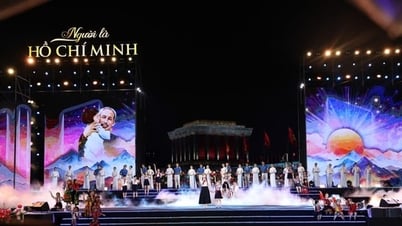

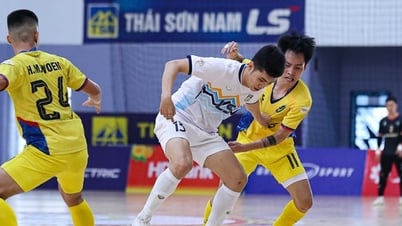
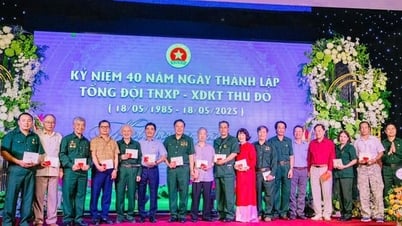

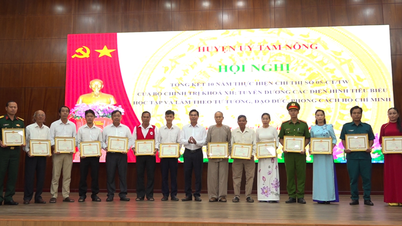
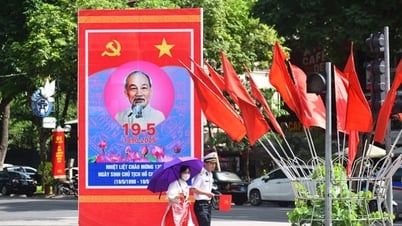





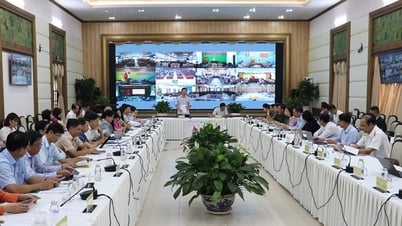

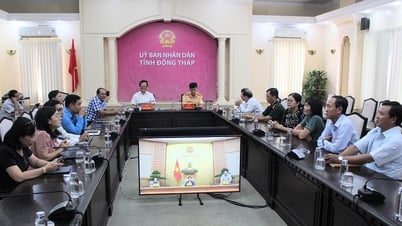

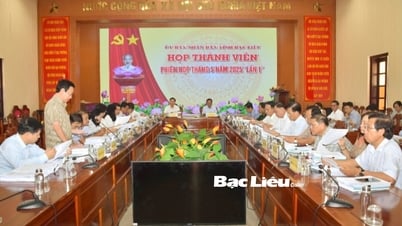


















































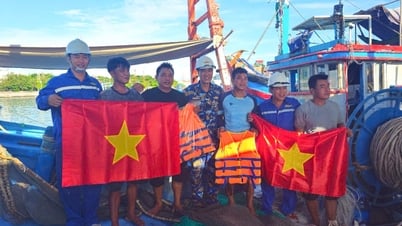

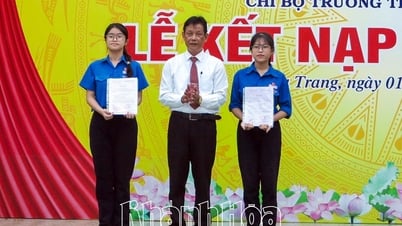
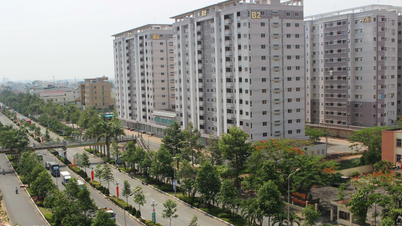

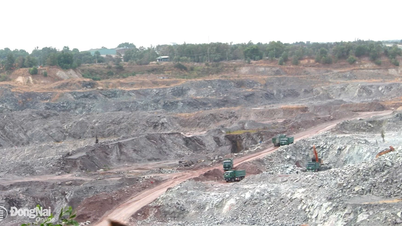








Comment (0)